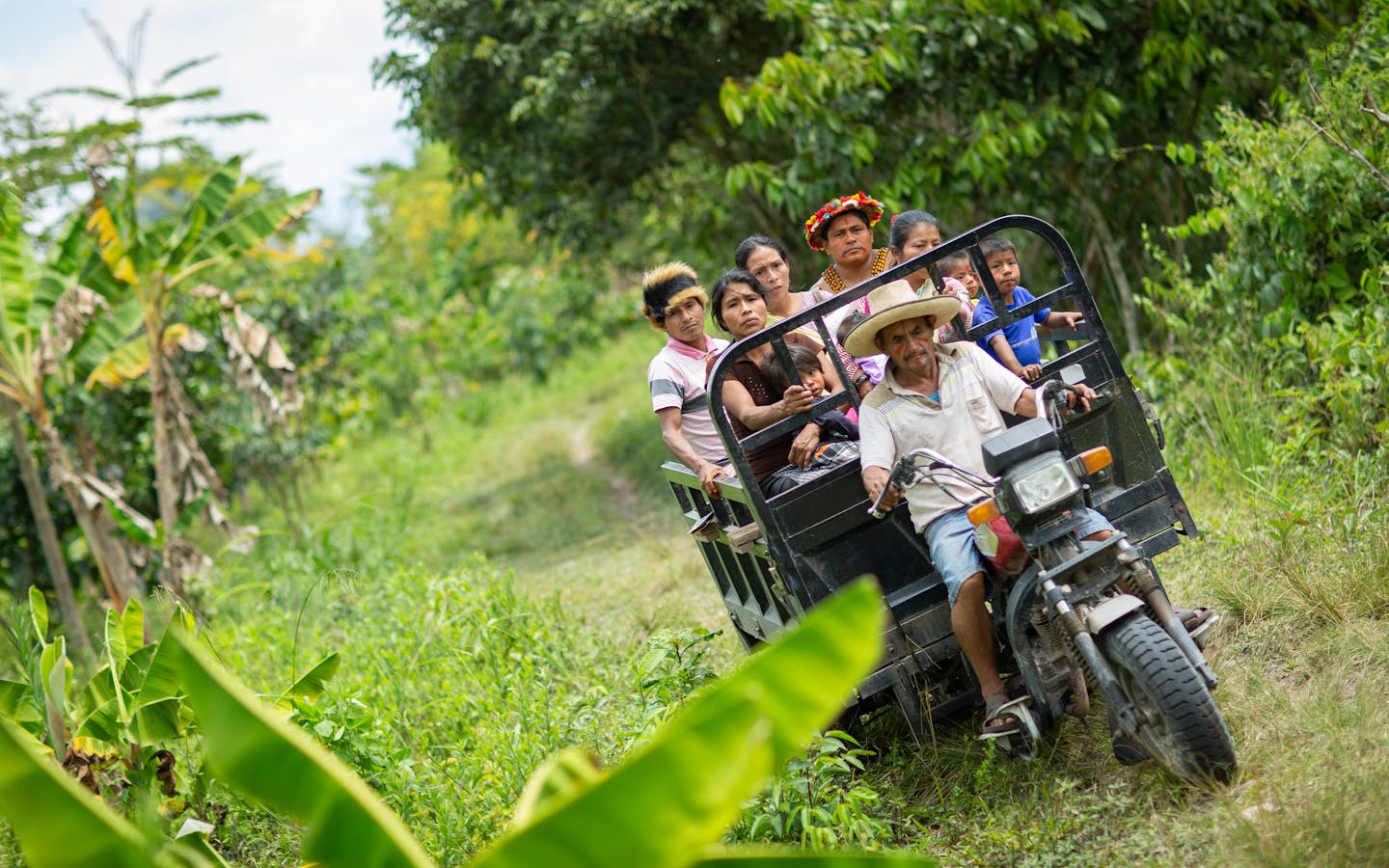The Alto Mayo Landscape

Nestled in the foothills of the Andes and sloping down into the Amazon, lies the Alto Mayo landscape, one of Peru’s most biodiverse regions. The landscape is home to approximately 230,000 people, including 14 Awajun indigenous communities living in titled territories in the north and migrants from the Peruvian Andes dispersed throughout.
The area is a biodiversity hotspot and an Alliance for Zero Extinction site with record-high numbers of endemic bird and orchid species, and provides habitat for Peru’s three endemic monkey species. Covering 780,000 hectares, the landscape is threatened by increasing deforestation, with approximately 15% of the landscape’s forests lost since 2001. The deforestation frontier is expanding into the mostly intact Awajun territories, which comprise 19% of the landscape. This deforestation is driven by unsustainable farming practices, much of which stems from migrant farmers who rent land from the Awajun and use practices poorly suited to the region’s tropical soils.
THE PROJECT
CI seeks to deter deforestation and increase production while conserving critical natural capital in this globally important landscape, and working with local communities while also improving their livelihoods.

To do so, the Project will increase and diversify income sources for Awajun and migrant farmers (e.g. coffee and cacao, aquaculture and medicinal plants), and restore and conserve forest ecosystems in Awajun territories and enhance connectivity between these lands and existing conservation areas in the landscape through community incentives, land-use planning, and improved governance.
By helping Alto Mayo’s Indigenous and farming communities achieve economic self-sufficiency based on the region’s biodiversity, the project will support Indigenous communities and migrants to become effective stewards of the landscape’s natural resources and help secure the future of the Amazon.



